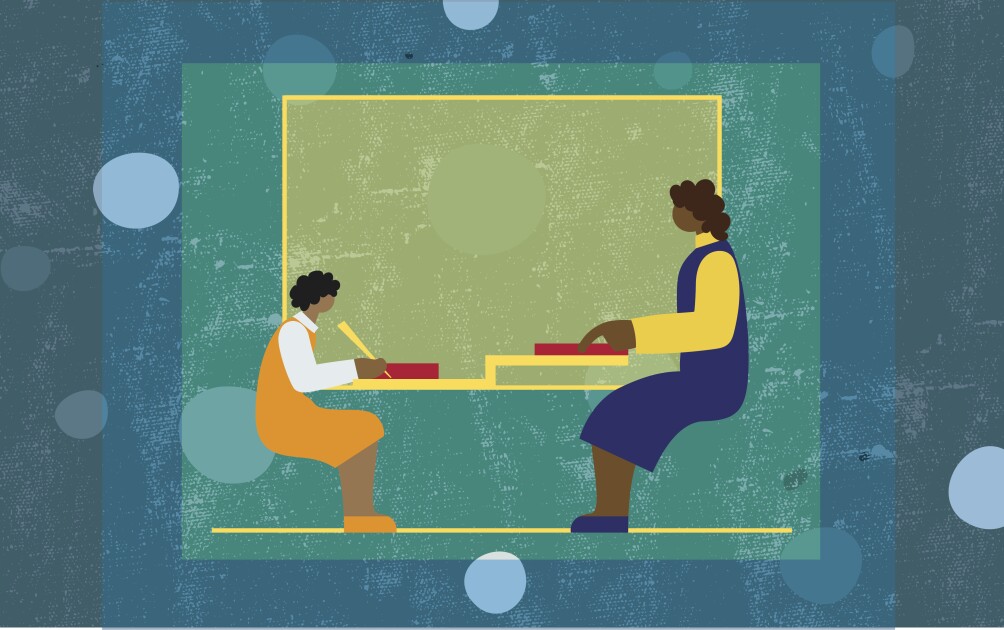Robotic “infant simulators” marketed to schools as a way to help prevent teen pregnancy actually have the opposite effect, according to a study published in August in the British health journal The Lancet.
Australian researchers randomly assigned nearly 3,000 teenage girls to one of two groups: some received an automated doll (programmed to cry, sleep, eat, and spoil its diapers on a realistic schedule, and equipped with sensors to track whether students are properly caring for it), while others received just standard health education. Then the researchers tracked the girls until they turned 20, using records from hospitals and abortion clinics.
Their findings: 8 percent of the girls who received an infant simulator ended up giving birth, compared to just 4 percent of those who received standard health education. And 9 percent of the girls who received an infant simulator had an abortion, compared to 6 percent who received standard health education.
“The infant simulator-based VIP program did not achieve its aim of reducing teenage pregnancy,” the researchers concluded.
Wisconsin-based Realityworks is by far the largest provider of infant simulators to schools in the United States and around the world. Shortly after the Lancet study was released, the company issued a statement blasting the researchers’ findings as “junk science"—despite their rigorous methodology. Chief among the company’s complaints: the Australian schools in the study did not use the full Realityworks curriculum.
“The study had nothing to do with us, our curriculum or our RealCare Baby infant simulators, nor are its conclusions about us credible,” the company says.
Late last year, a number of prominent news outlets and programs, including the New York Times, This American Life, and the Wall Street Journal published reports on the study. A deep dive from BloombergBusinessweek stated that two-thirds of U.S. school districts buy some kind of infant simulator, and that the Realityworks model (which costs about $650 apiece) had become “a staple of American education, reaching more than 6 million students at 17,000 schools.”
In addition to its robot babies, Realityworks now produces a variety of other “experiential learning technologies,” including a growing number of simulators for career and technical education programs, including nursing, welding, and animal science.
See also:



